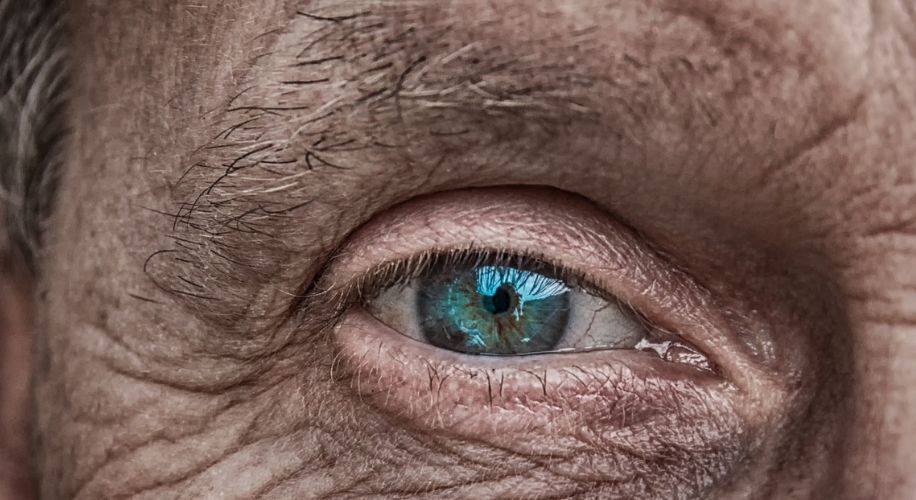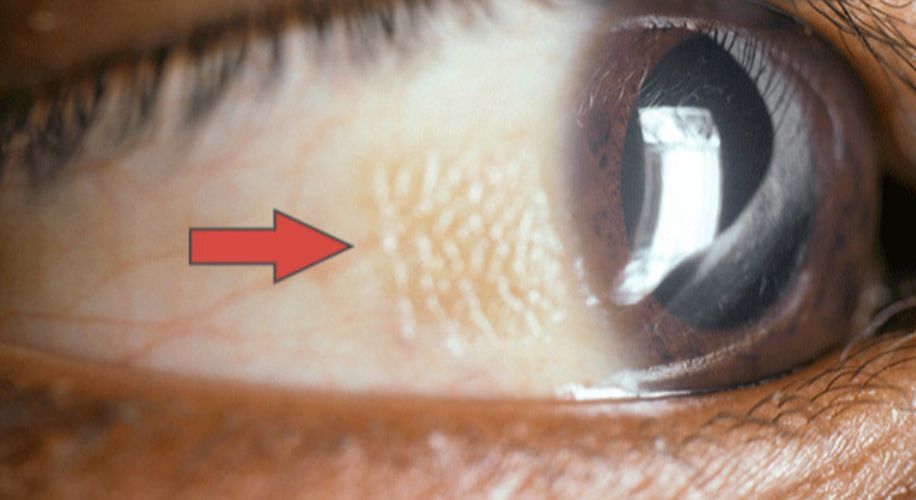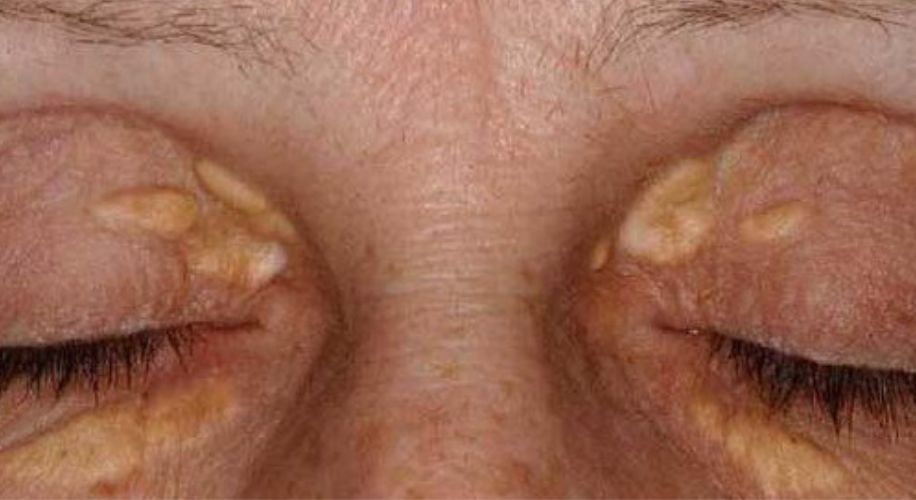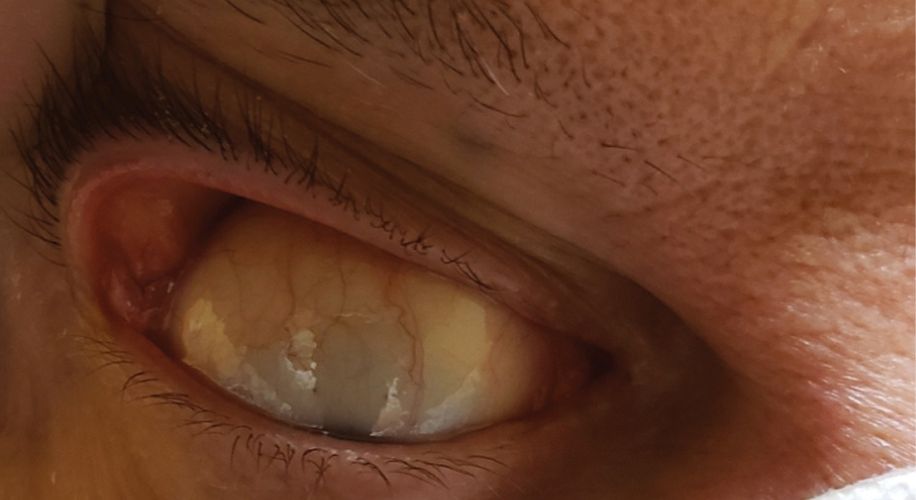What Your Eyes Say About Your Health: Understanding Signs and Symptoms

While our eyes are commonly regarded as windows to our soul, they also serve as indicators of our overall health. In addition to facilitating vision, our eyes can manifest signs and symptoms that hint at underlying health issues. Join us as we delve into three lesser-known eye conditions—Bitot’s spots, Xanthelasma, and Floppy eyelid syndrome—and uncover the potential insights they offer into your well-being.
Bitot’s Spots: A Clue to Vitamin A Deficiency

Bitot’s spots are small, white, foamy patches that appear on the conjunctiva, the clear membrane covering the whites of the eyes. These spots are often indicative of a deficiency in vitamin A, a crucial nutrient for maintaining healthy vision and immune function. Individuals with Bitot’s spots may also experience night blindness and dry eyes. If left untreated, severe vitamin A deficiency can lead to permanent vision impairment or even blindness.
Xanthelasma: Warning Signs of High Cholesterol

Xanthelasma are yellowish, fatty deposits that form under the skin around the eyelids. These soft, raised lesions are typically painless but can be cosmetically concerning. More importantly, xanthelasma may indicate high levels of cholesterol in the blood. While not harmful on their own, xanthelasma can be a marker for increased risk of heart disease and other cardiovascular conditions. If you notice these yellowish patches around your eyes, it’s essential to consult with a healthcare professional to assess your cholesterol levels and overall heart health.
Floppy Eyelid Syndrome: A Potential Indicator of Sleep Apnea

Photo from Review of Optometry
Floppy eyelid syndrome (FES) is characterized by lax, easily everted upper eyelids that may lead to chronic eye irritation and discomfort. While the exact cause of FES is not fully understood, it is often associated with sleep disorders such as obstructive sleep apnea (OSA). Studies suggest that the repetitive mechanical trauma to the eyelids during sleep, combined with underlying tissue laxity, may contribute to the development of FES. Recognizing FES can prompt further evaluation for sleep apnea, a serious condition that can have significant implications for overall health if left untreated.
Bitot’s spots, xanthelasma, and floppy eyelid syndrome may appear unrelated, yet they underscore how our eyes reveal vital health insights beyond vision alone. Early recognition of these indicators enables prompt intervention and preventive care to protect overall well-being. Should you detect any unusual changes in your eyes, consulting a healthcare professional promptly is crucial. At Zenni, we prioritize comprehensive eye health alongside vision, empowering informed decisions for well-being. Remember, your eyes not only reflect your soul but also mirror your health.
To learn more about what your eyes can say about your health, click here.




 Canada
Canada